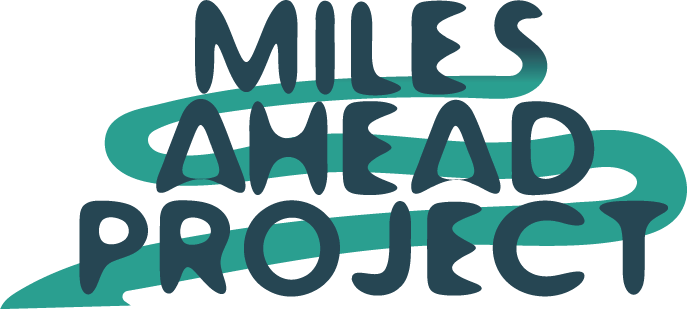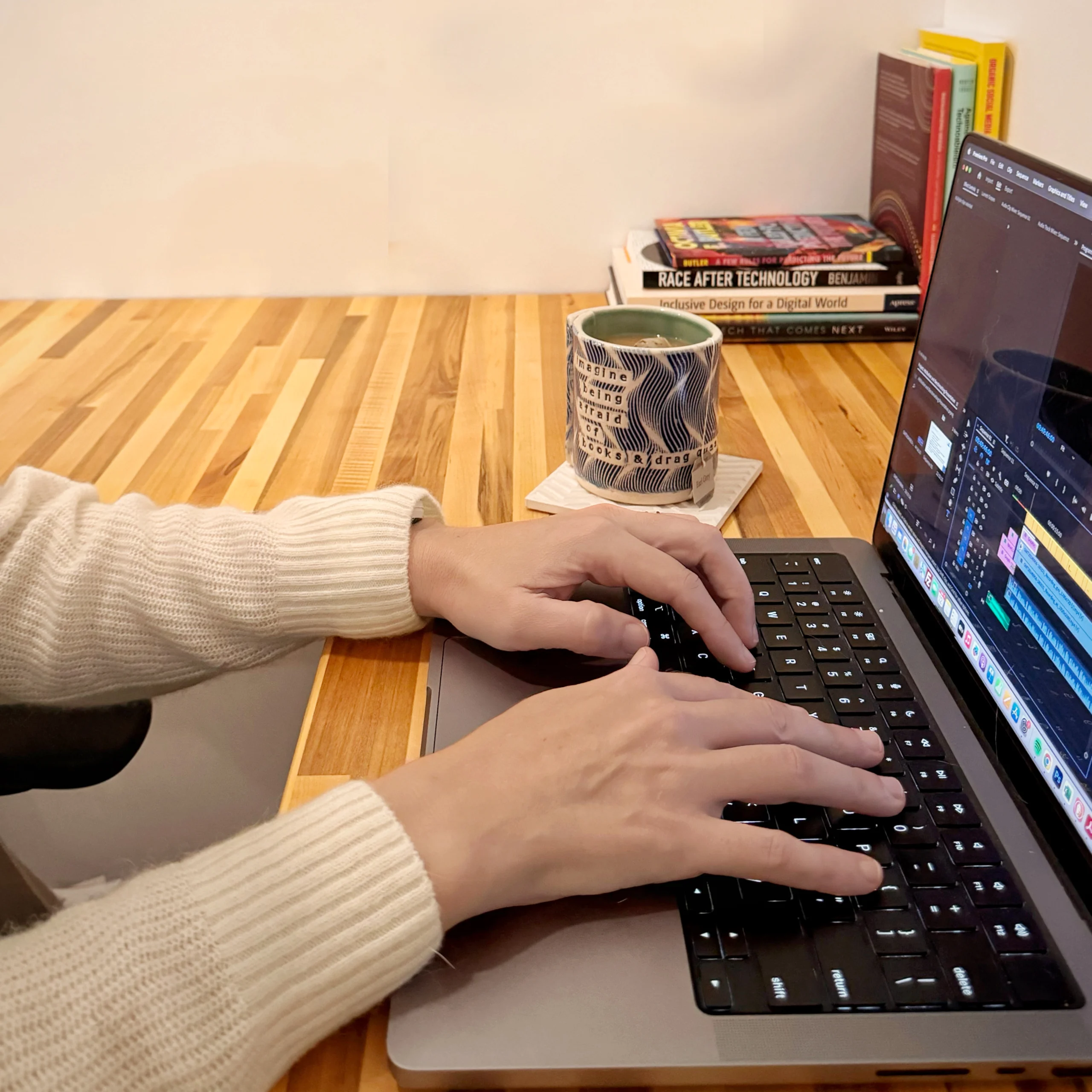Over the years, I’ve had the privilege of working with many organizations deeply committed to inclusive values. In today’s digital landscape, that means ensuring our messages are accessible to everyone, rather than allowing barriers that exclude disabled people and others. You may have noticed an increase in laws and regulations around digital accessibility, but let’s be clear: this isn’t just about compliance. It’s about creating digital spaces where everyone feels welcome, valued and included.
“Access is love”
Mia Mingus
Disability Rights Activist and Writer
At its core, accessibility is an act of love. Making our digital spaces accessible shows that we believe every voice matters, every perspective is valuable, and everyone deserves to be part of the conversation. By making our social media content accessible, we’re not just able to reach more people – we’re living our values, setting an example for inclusive communication, and creating communities that everyone can be a part of. In short, digital accessibility is part of the work for social justice.
Alexis Heinrich, author and creator of Accessible Social, once said, “Alt text isn’t extra work, it’s missing work.” This quote underscores the mindset shift we need to make when thinking about digital accessibility: It’s not about adding extra tasks to our already busy schedules; it’s about completing our work fully and in a way that enables it to reach everyone in our communities.
“Alt text isn’t extra work. It’s missing work”
Alexis Heinrich, Accessible Social
The list below will help you get started with creating accessible content:
When writing your posts, use clear and simple language.
- Write in plain language that you know your audience will understand
- Avoid jargon and complex terms
- Use short sentences and paragraphs
Always provide alternative text for images.
- Add descriptive alt text to all images
- There’s no need to begin your alt text with “Image of…” or “Picture of…”
Ensure your graphics have good color contrast.
- Remember: Accessible design is good design
- If your graphic contains text, check to be sure that there is good color contrast so that the text is legible. Tip: Use a free color contrast checker.
Use #camelCase or #PascalCase for hashtags that have more than one word.
- Place hashtags at the end of posts when possible
- Limit the number of hashtags used per post
The video below of a screen recording of Instagram shows how screen readers (in this case VoiceOver on an iPhone) read multi-word hashtags that are in all lowercase.
Don’t use alternative characters.
Alternative characters, or unicode characters also called “fancy fonts”, are not readable by assistive technology.
These characters are also not searchable and can limit the ability of your audience to find and engage with your post.
The video below shows how VoiceOver skips over a potential call-to-action when alternative characters are used on Instagram.
Be mindful when using emojis and don’t overuse them.
- Limit your use of emojis and try to keep them to the end of your post
- Be sure that the post is easy to understand without emojis
In the following video Voiceover “reads” each emoji used in an Instagram post, no matter how cumbersome.
Always caption your videos
- You can use open or closed captions, but ensure they are accurate and be sure to proof read auto-generated captions.
- Ensure your captions have good contrast to the background (or add a solid background color behind caption text).
- Use a sans-serif font in sentence case and keep captions to a uniform size throughout your videos.
- There’s a lot to know about captions. Head over to Accessible Social or Meryl Evan’s website to get all the info.
While this list is a great starting point for making your content more accessible, there’s always more to learn! We highly recommend exploring the resources linked in this article and checking out our resources page for additional and more in-depth information. And if you want or need more assistance, please get in touch with us! We loving working with nonprofit communications professionals to help make their digital spaces more accessible and inclusive.
“Justice is what love looks like in public”
Cornel West


Leave a Reply
You must be logged in to post a comment.